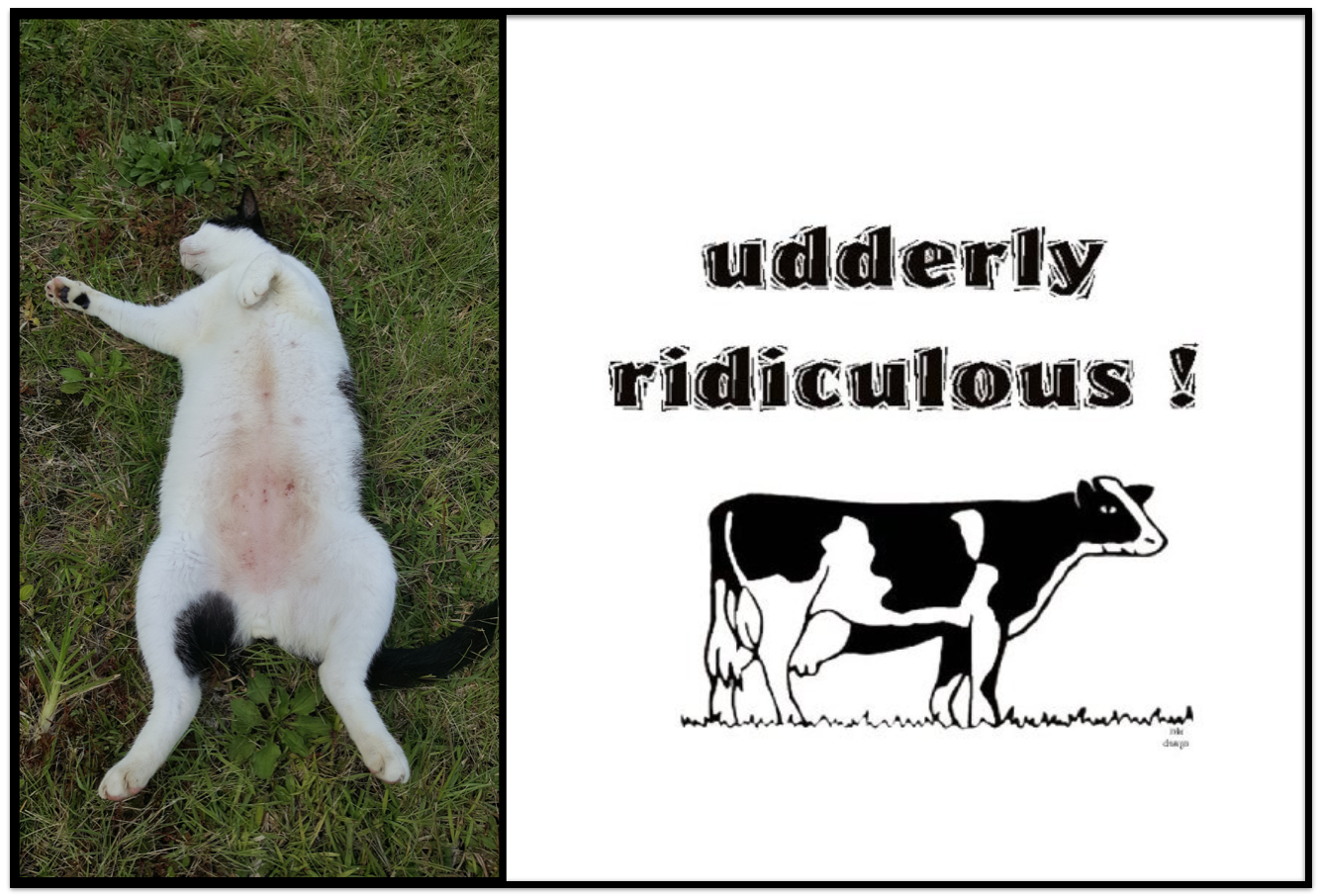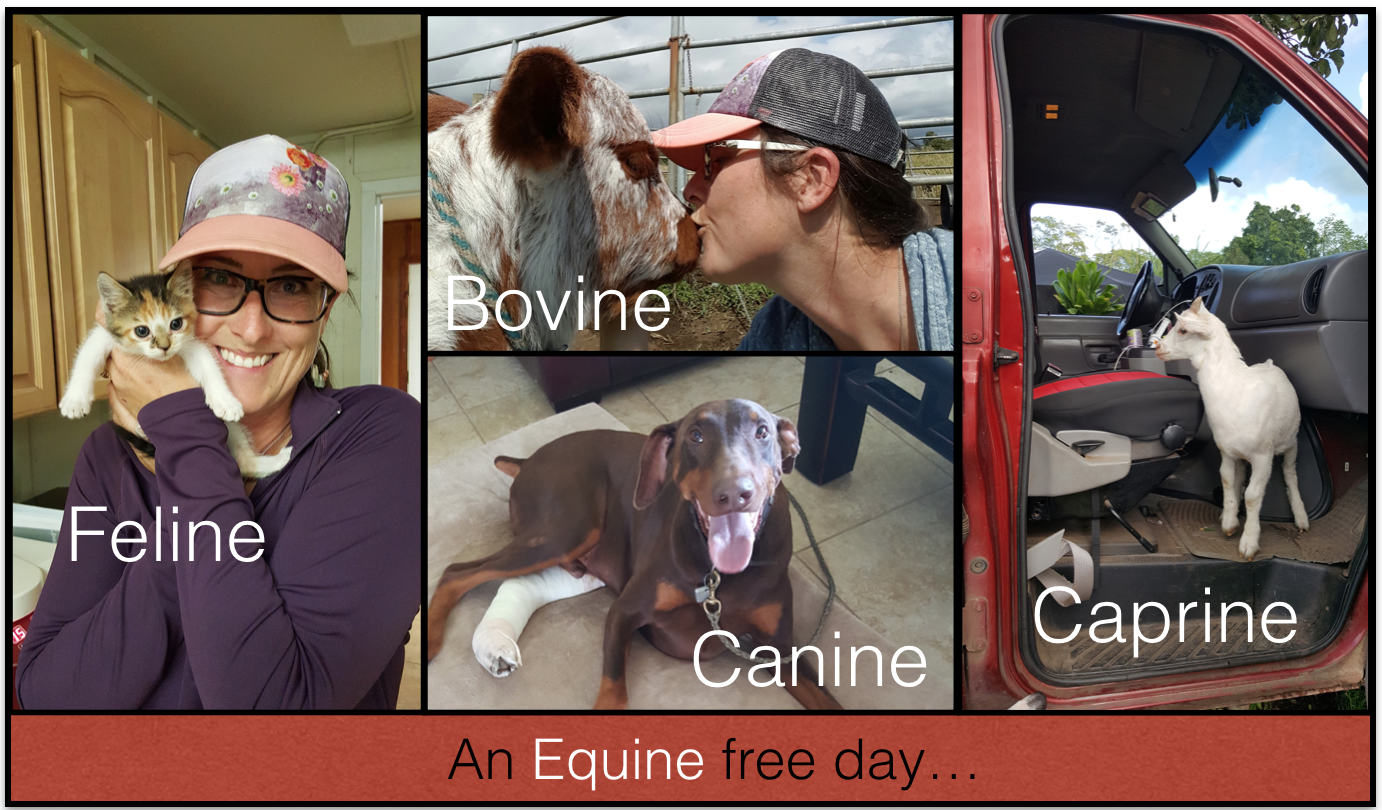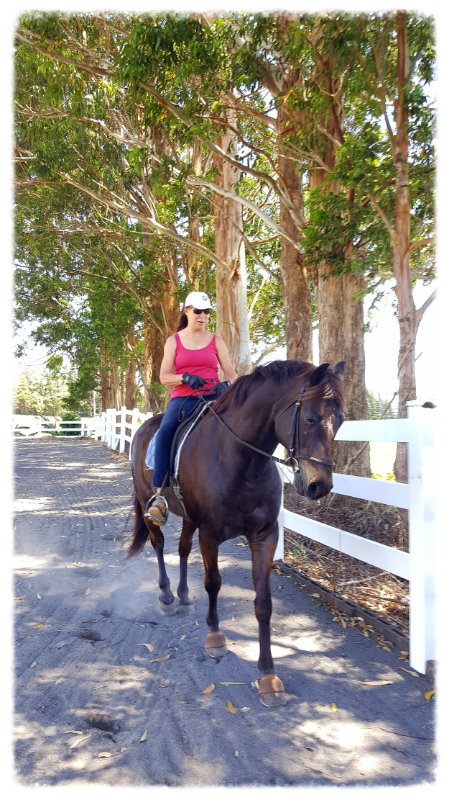Leptospirosis, more commonly known as “Lepto,” is a bacterial disease that can cause late term abortion, kidney and liver failure and the painful eye disease “Equine Recurrent Uveitis.” ERU, known as Moon Blindness, is the most common cause of blindness in horses. Most infected horses only show vague flu-like symptoms but they become a source of infection for other horses. Lepto is also Zoonotic, meaning humans can get Lepto!
Carrier animals such as rodents, wildlife, pigs and cattle shed the Leptospirosis organism in their urine. Horses acquire Lepto when the organism contacts their mucous membranes or open skin wounds. Rats in the feed room, pigs rooting in the pasture, shared grazing lands with cattle, and standing water that collects run off from neighboring farms can all be sources of infection. High humidity and rainfall contribute to occurrence of this disease.
Until recently, there was no vaccine against Lepto for horses. This year Zoetis released a new vaccine specifically for horses. An initial dose followed 3-4 weeks later by a booster protects your horse against infection and shedding of the bacteria.
Zoetis created an online risk assessment to help you determine if you should vaccinate your horse:
https://www.zoetisus.com/products/horses/lepto-eq-innovator/evaluate-your-risk/index.aspx
For more information about how Lepto can affect humans, follow the link below:
http://health.hawaii.gov/about/files/2013/06/leptobrochure.pdf
Call, email or text today to set up an appointment to vaccinate your horse.

















